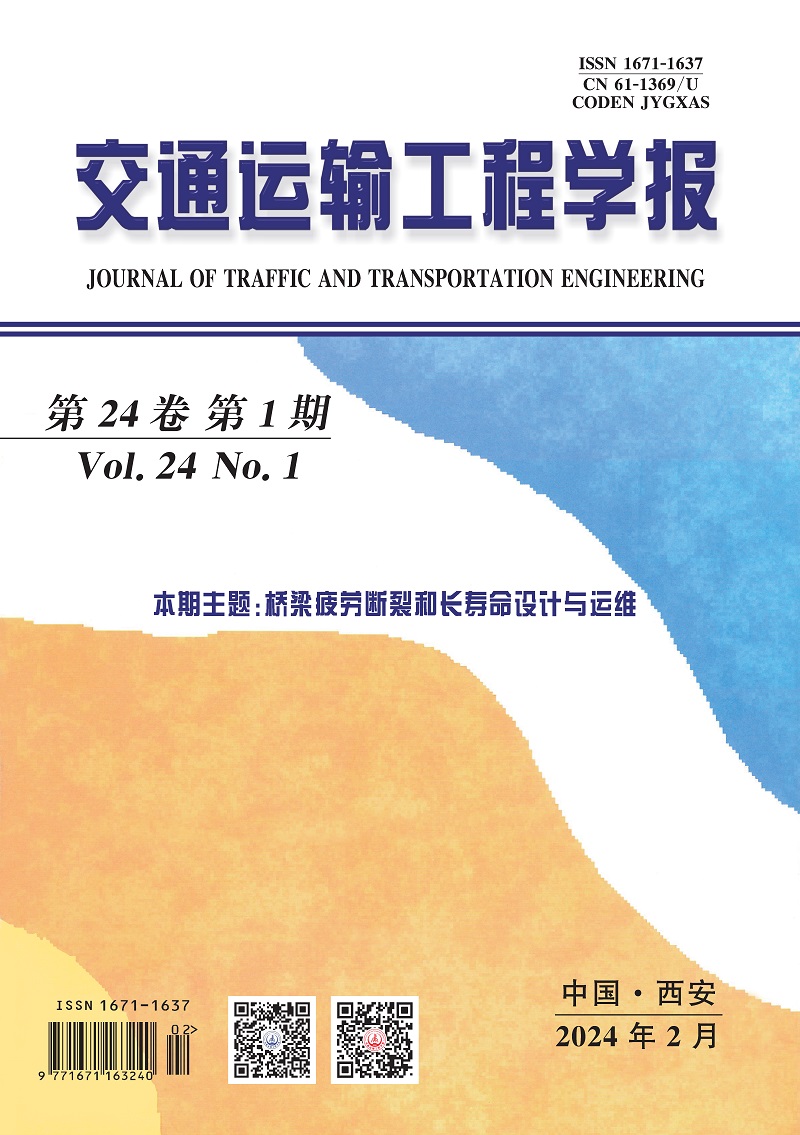2014 Vol. 14, No. 1
Display Method:
Abstract:
2014, 14(1): 1-10.
Abstract:
2014, 14(1): 11-17.
Abstract:
2014, 14(1): 18-25.
Abstract:
2014, 14(1): 26-34.
Abstract:
2014, 14(1): 35-42.
Abstract:
2014, 14(1): 43-48.
Abstract:
2014, 14(1): 49-56.
Abstract:
2014, 14(1): 57-64.
Abstract:
2014, 14(1): 65-74.
Abstract:
2014, 14(1): 75-83.
Abstract:
2014, 14(1): 84-89.
Abstract:
2014, 14(1): 90-96.
Abstract:
2014, 14(1): 97-102.
Abstract:
2014, 14(1): 103-111.
Abstract:
2014, 14(1): 112-118.
Abstract:
2014, 14(1): 119-126.




